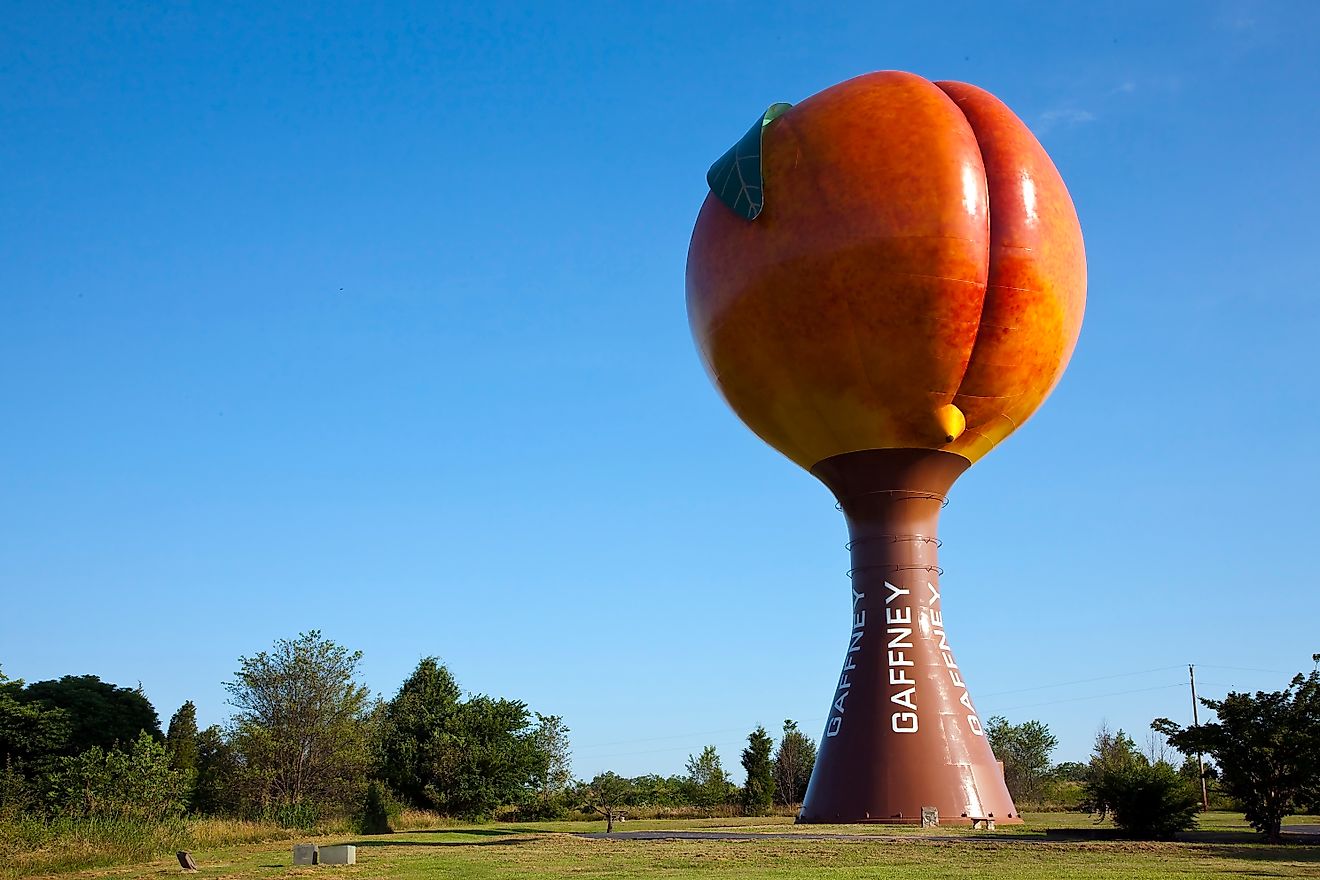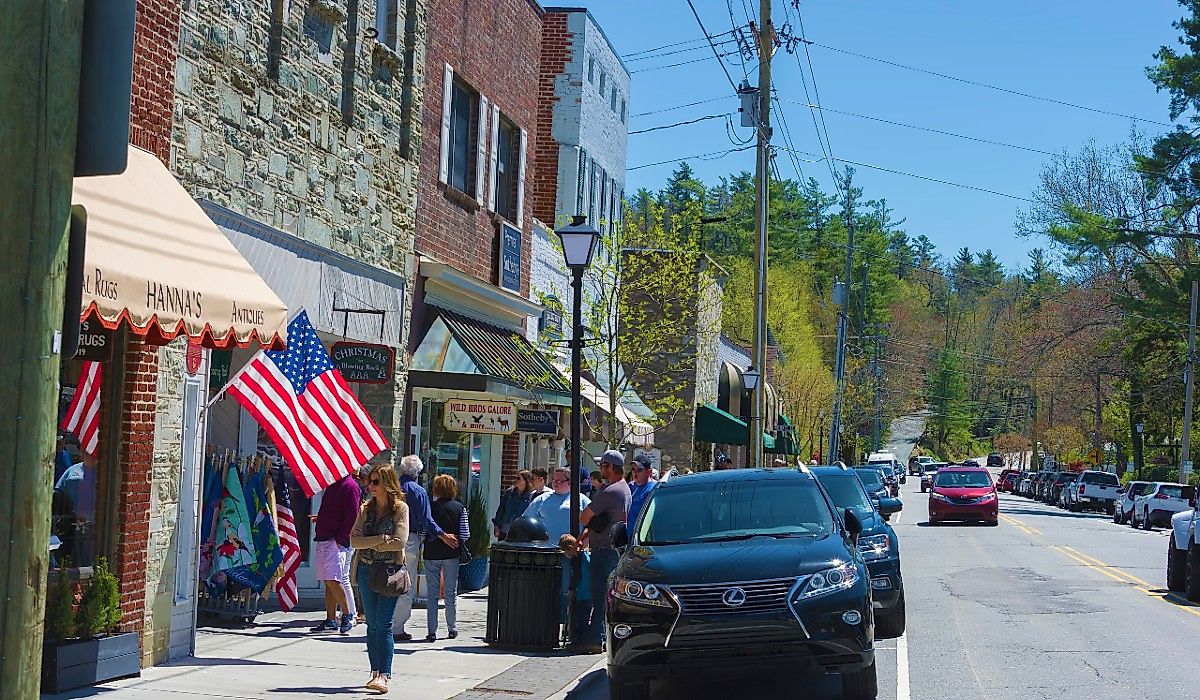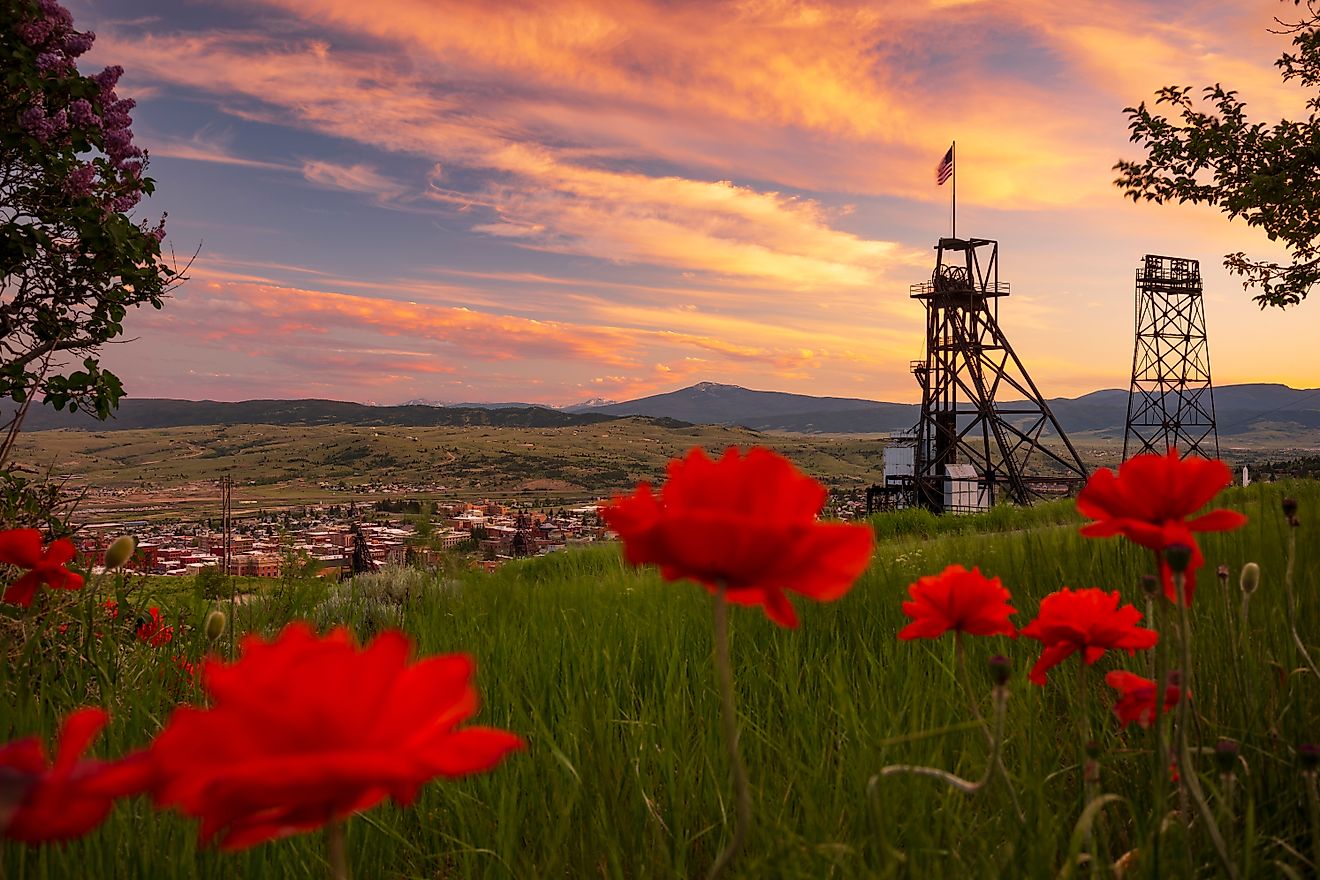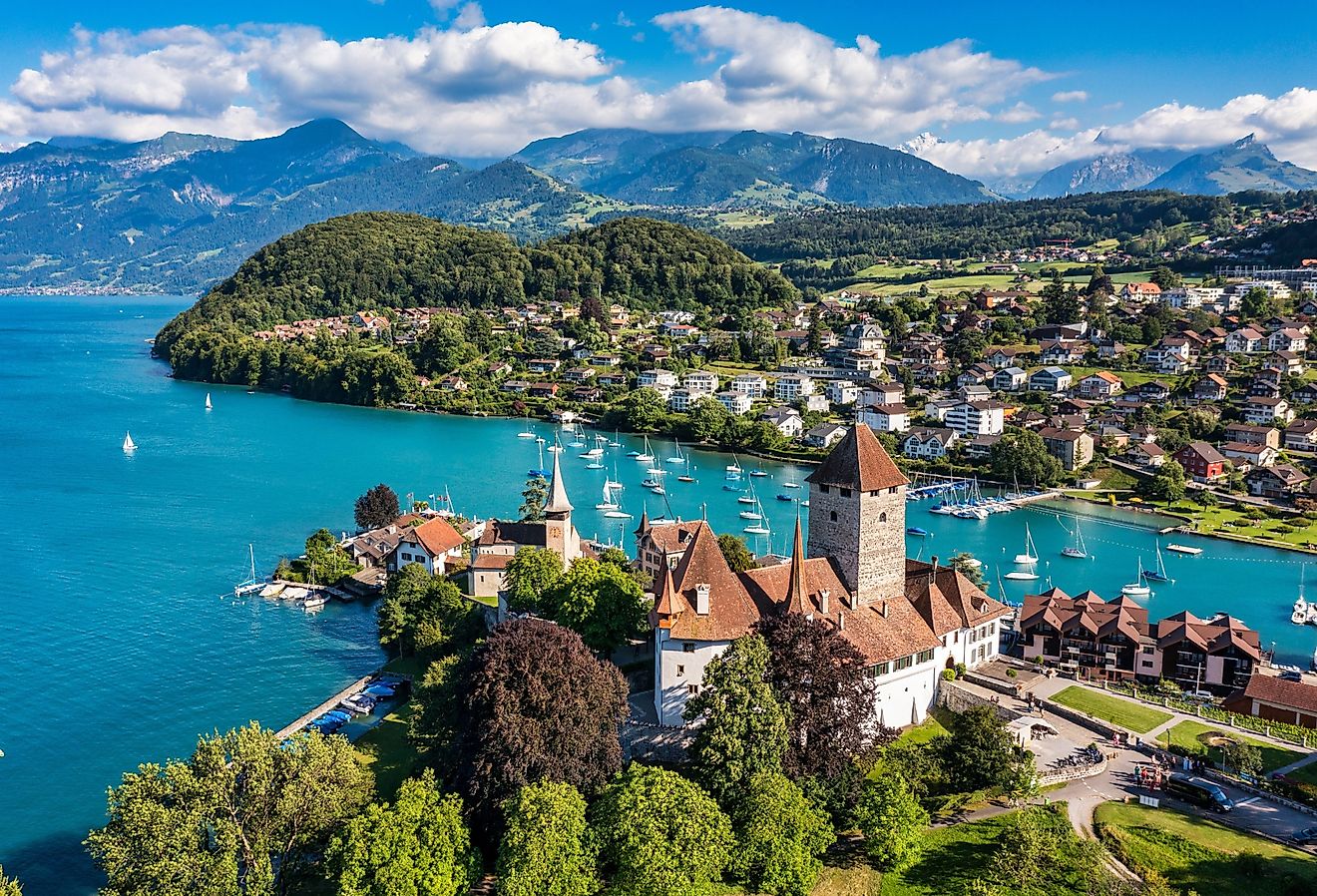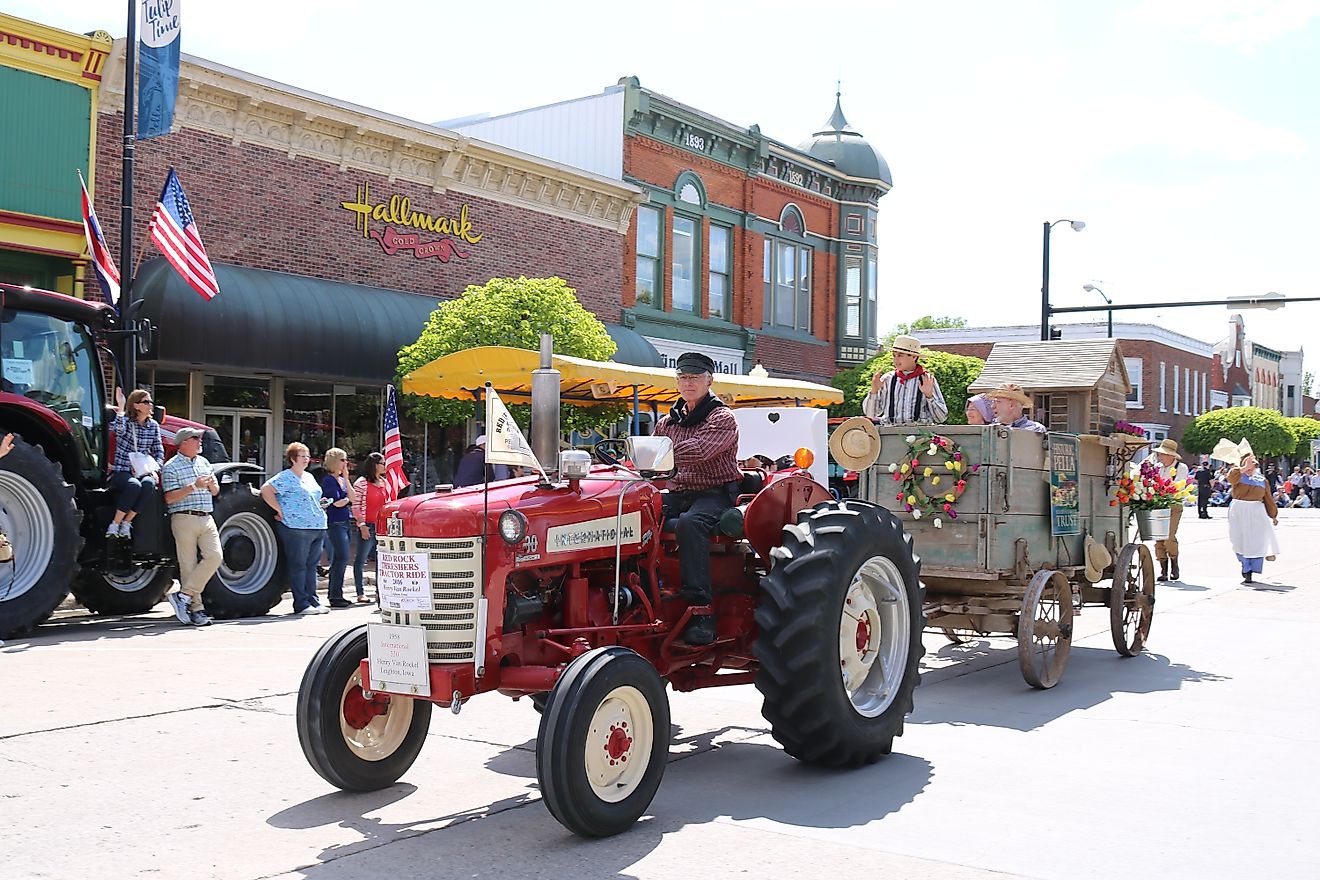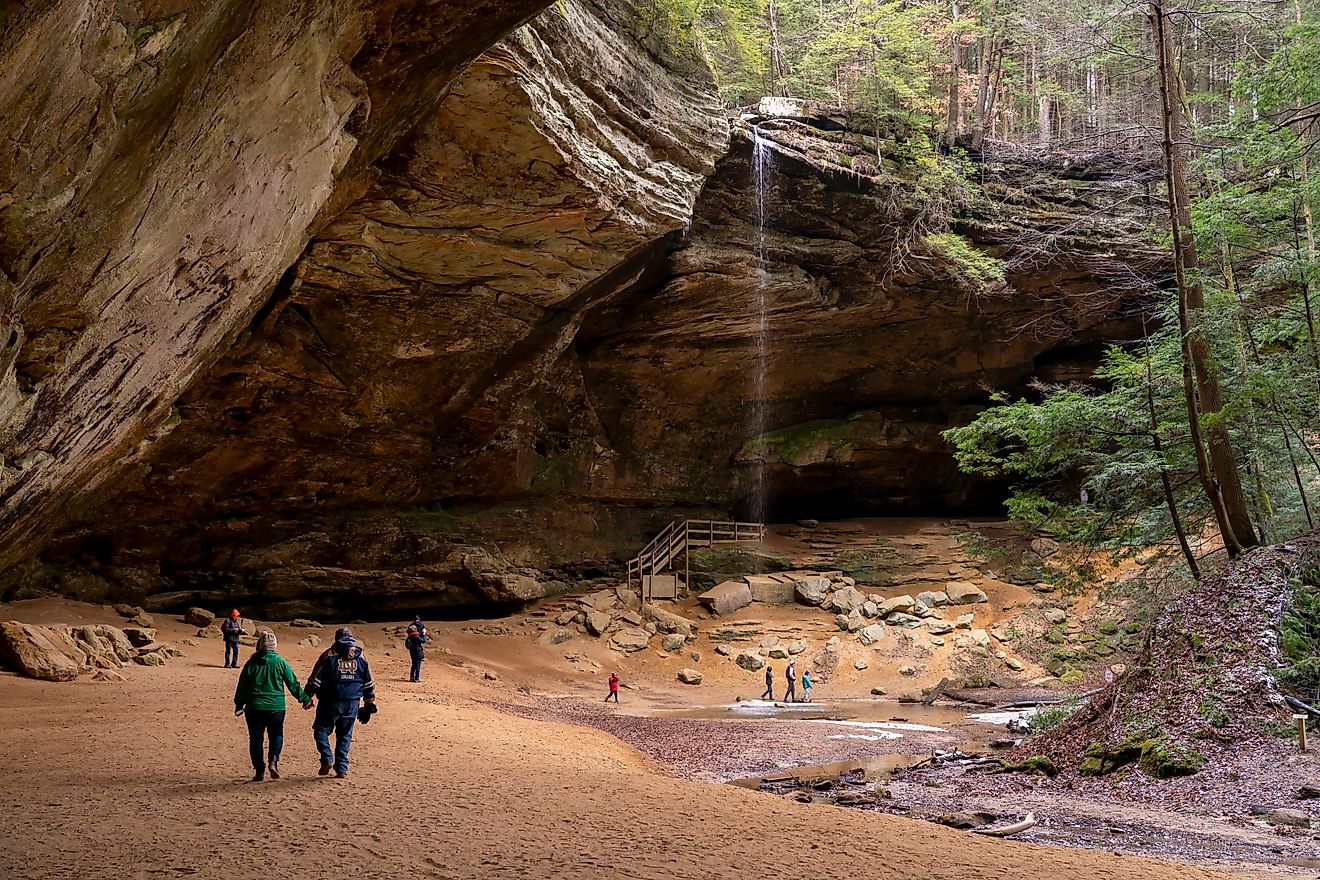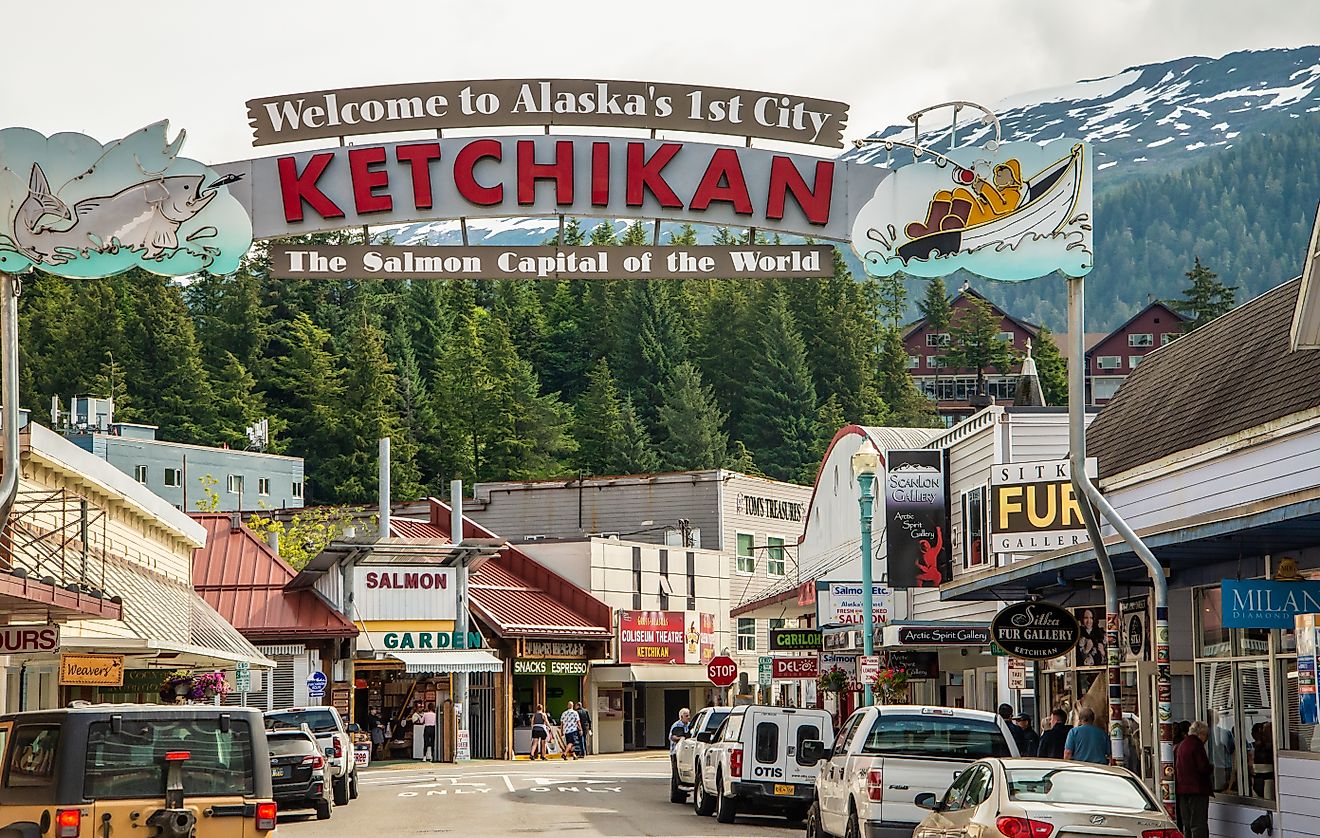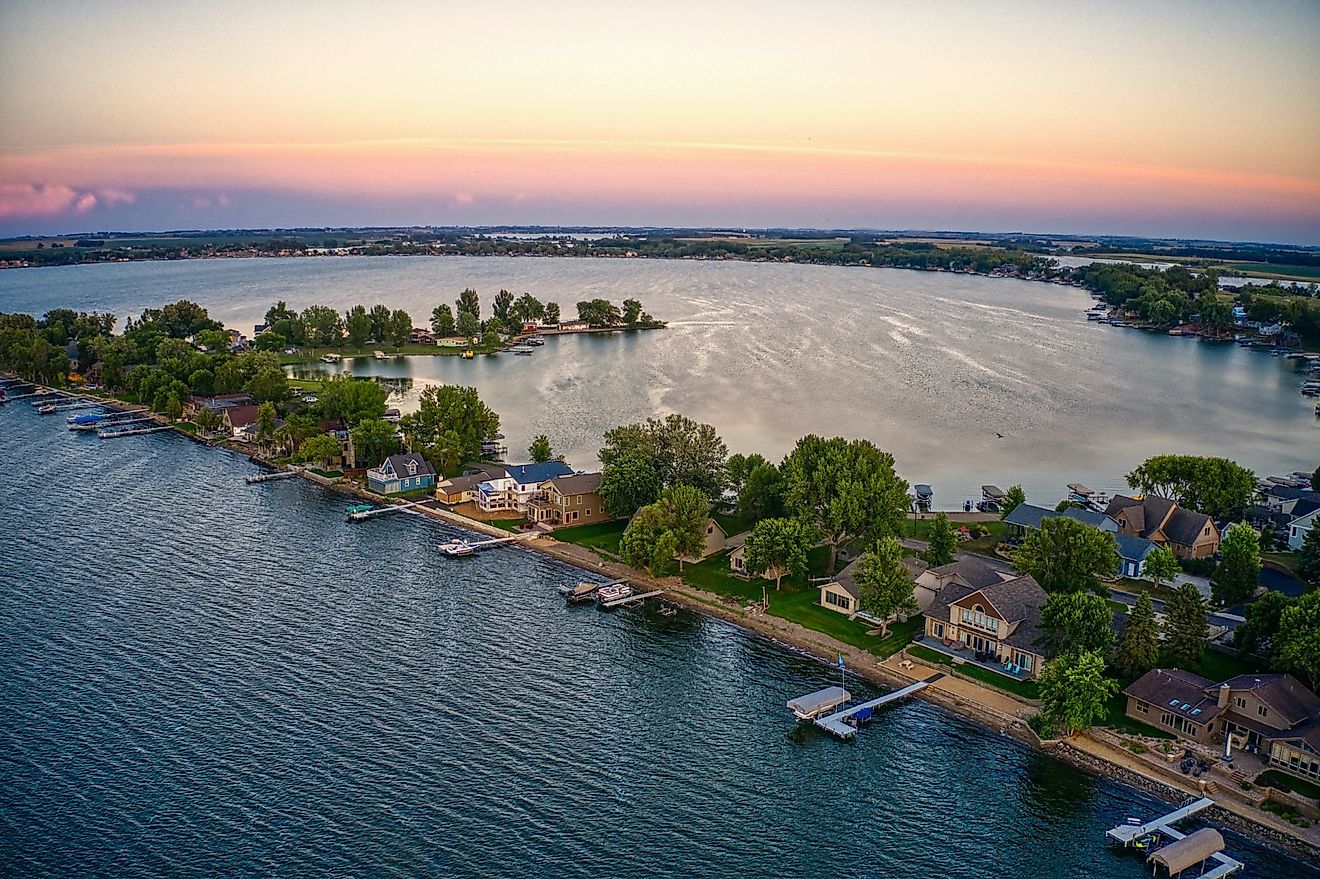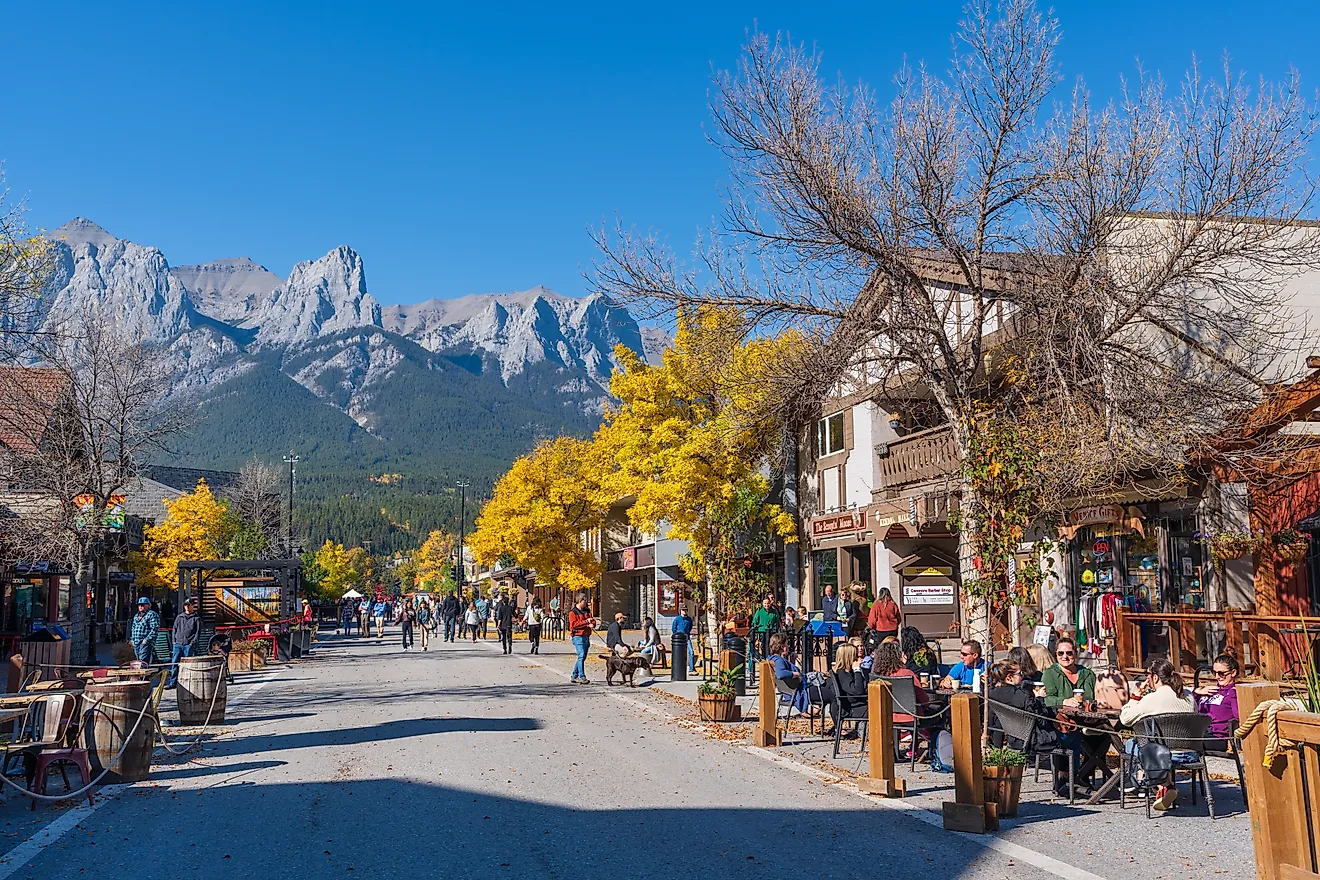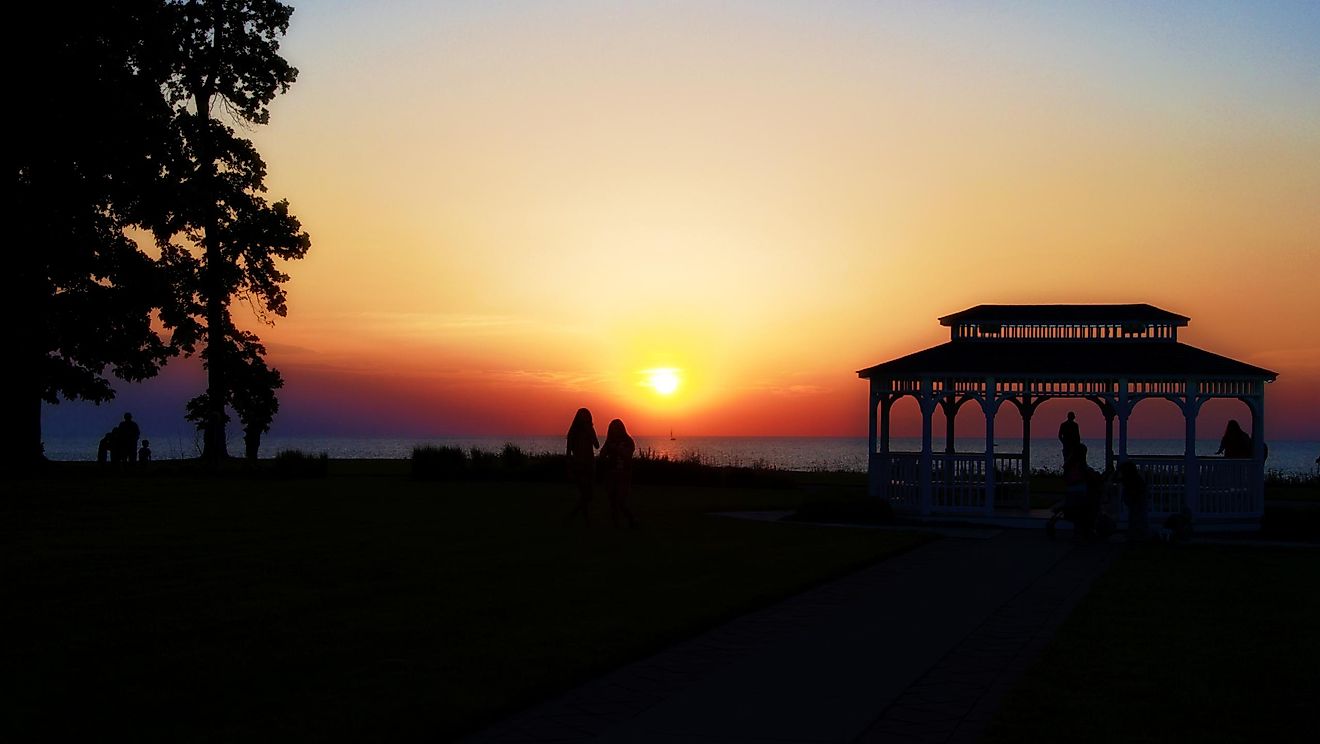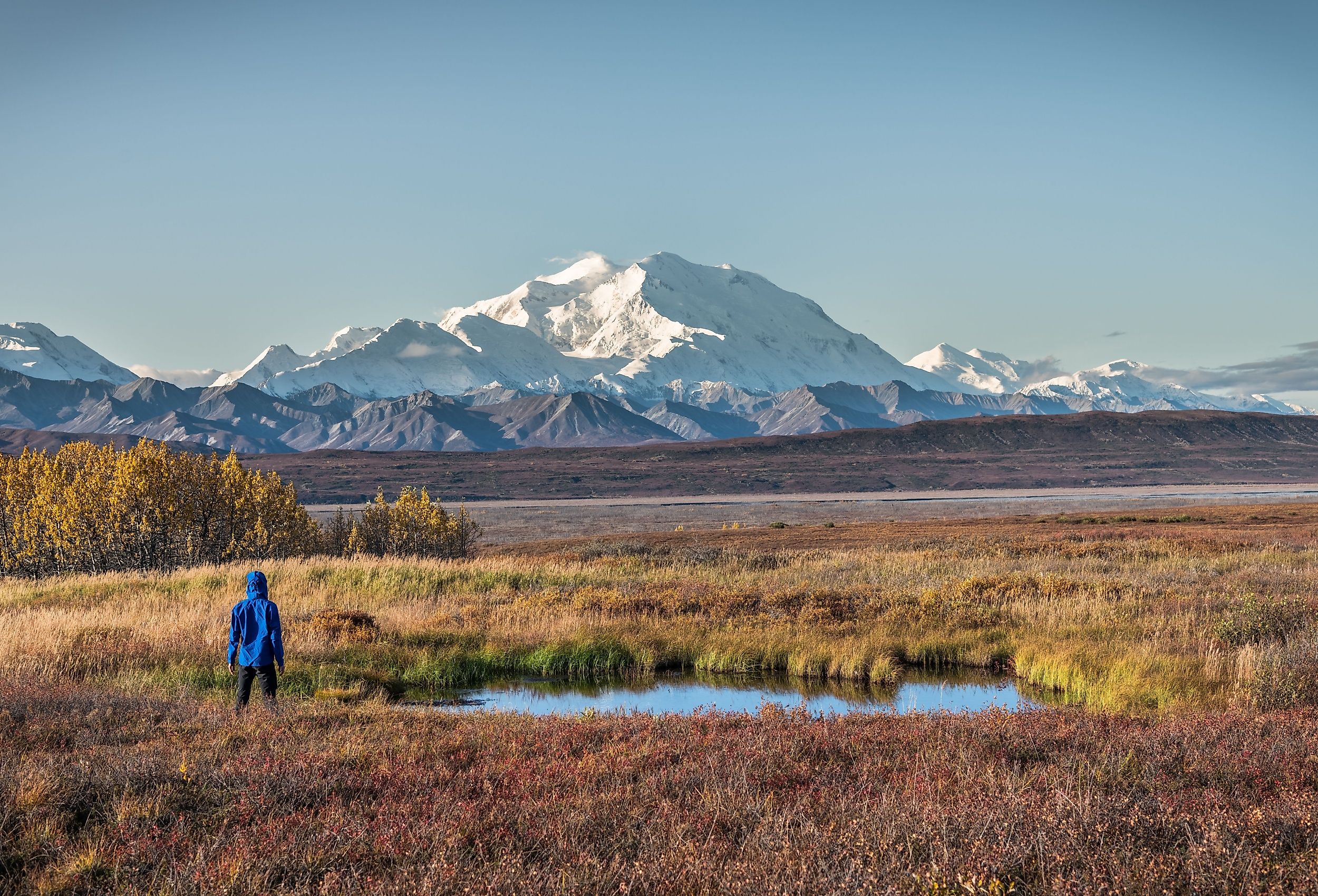
Witness Denali National Park’s Grizzlies Roam Below North America’s Tallest Summit
Alaska is easily America's biggest state by landmass and holds many of its most mysterious and awe-inspiring landscapes. Thanks to the national parks system, large swathes of its wildernesses are currently under protection, guarding both geological wonders and healthy populations of plants and animals.
Denali National Park and Preserve is perhaps the most popular in the state, and today we will discuss in further detail why this is the case, from its towering mountains to the notable number of bears and other large creatures that call it home.
A Quick History of Denali National Park and Preserve
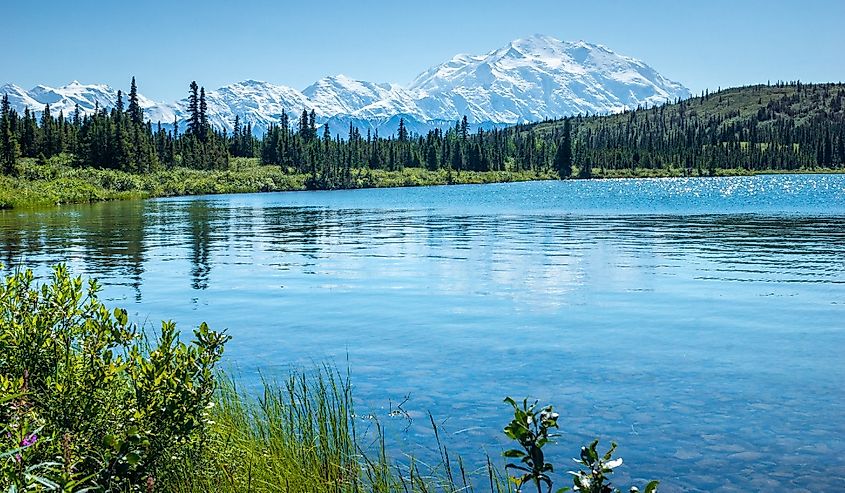
Denali National Park was established in early 1917, originally as Mount McKinley National Park, to protect the beauty and integrity of its ecosystem, namely its populations of Dall sheep, which were being overhunted. Its creation followed advocacy by naturalist Charles Sheldon, who visited the area over a decade earlier and recognized its unique biological and geological significance.
The park originally encompassed just over two million acres. In 1980, the Alaska National Interest Lands Conservation Act expanded the park to over six million acres and officially renamed it Denali, restoring the Athabascan name meaning “The High One,” a reference to the fact that it boasts North America’s tallest peak. As of 2025, the mountain was officially renamed by the Trump administration back to Mount McKinley, although many still refer to it as Denali.
Over time, Denali National Park has evolved from a remote wilderness visited by a few hunters and explorers into a protected landscape studied by scientists and visited by hundreds of thousands annually. In the grand scheme of things, it stands not only as a picturesque bit of greenspace for the public to enjoy, but its continuing history/existence mirrors the shifting American attitudes toward conservation, indigenous recognition, and the stewardship of the country's most wild places.
Geography of the Park
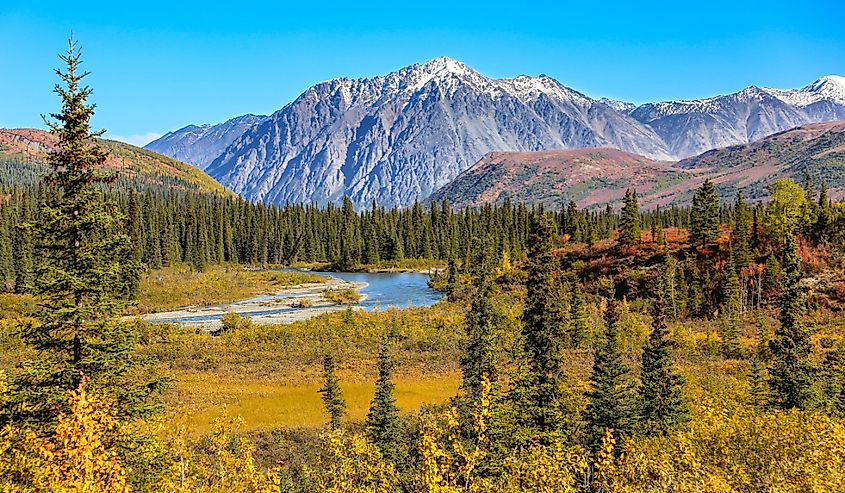
Situated in central Alaska, the park encompasses a diverse set of terrains that transition from low-elevation taiga forest to high alpine tundra and glacier-covered mountains. At its heart rises Denali, the mountain for which the park was named, standing at a lofty 20,310 feet. As mentioned before, it is the highest mountain on the continent, with the runner-up being nearby Mount Logan in Canada, at 19,551 feet.
The park straddles the Alaska Range, a massive mountain chain formed by tectonic activity along the Denali Fault. Glacial valleys, braided riverlands, and permafrost define much of the landscape and the life within it. In terms of hydrology, the Toklat, Teklanika, and Savage rivers are key waterways that shape the park’s ecology and geology, with dozens of other streams and rivers also crisscrossing the land, too.
This region lies within a subarctic climate zone, with long, harsh winters and brief, cool summers. With this, local vegetation varies dramatically at differing elevations, supporting tree species like black and white spruce at lower levels and hardy dwarf shrubs and some alpine meadows higher up.
When it comes to fauna, the park is home to an equally hardy selection of animals. This includes moose, herds of caribou, dall sheep, wolves, golden eagles, a few other small mammals and birds, and even wood frogs. The most widely recognized residents here, however, are none other than the mighty grizzly bears.
A Haven for One of the Biggest Grizzly Populations in the World
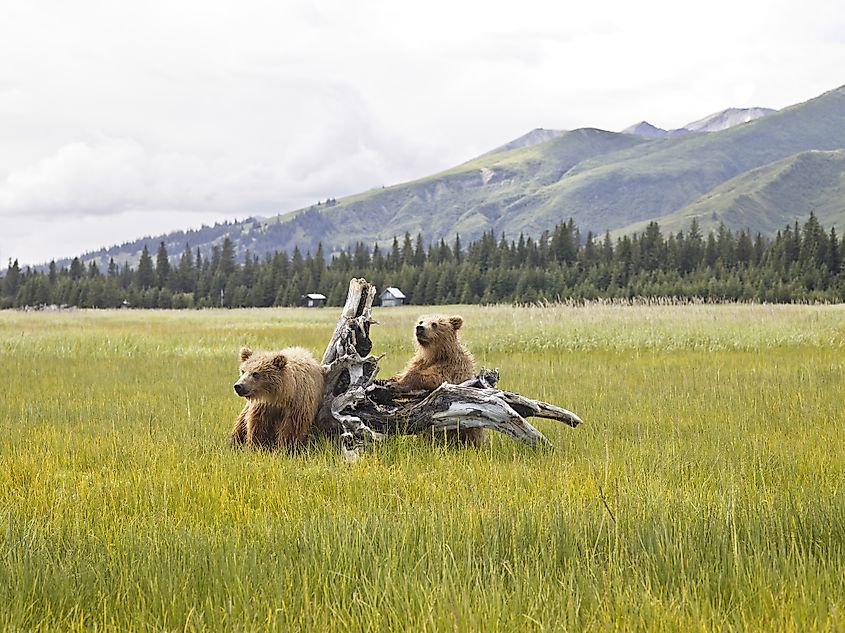
Denali National Park is home to a significant population of grizzly bears, with estimates indicating approximately 300-350 individuals inhabiting the north side of its portions of the Alaska Range. The southern regions of the park, enriched by salmon streams and warmer weather, likely support even higher densities of grizzlies, although there are no recent surveys available. In Alaska as a whole, there are an estimated 30,000 grizzlies, about half of North America's total population.
The grizzlies in the park tend to be smaller than their coastal counterparts, still typically weighing up to 600 pounds and displaying a range of colors from blond to dark brown. Their diet is omnivorous, consisting mainly of grasses, berries, roots, fish, small mammals, and occasionally caribou and moose calves. They rarely, if ever, actively hunt humans, but are highly territorial.
How to See Grizzly Bears in Denali
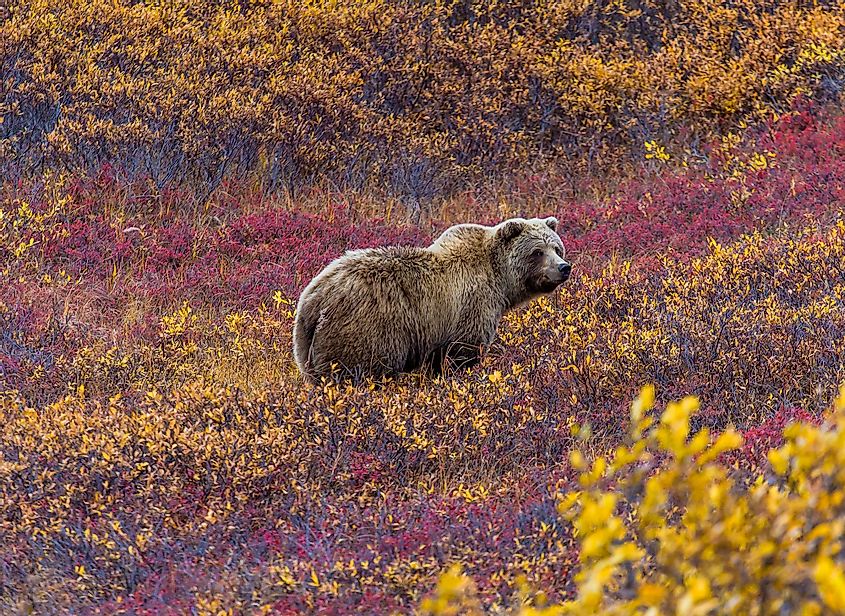
While at the park, you have several excellent opportunities to observe grizzly bears in the wild. Sightings are relatively common during the summer months, as the bears are most active then. To be more exact, late spring through mid-September, with dawn and dusk being prime times for activity. This is also an easier time to reach the area in general, with a significant decrease in snow cover and more comfortable weather conditions.
The Denali Park Road, stretching 92 miles into the park, offers some of the best chances for bear viewing. Grizzlies are frequently spotted in open areas such as Sable Pass (around mile 39), Thorofare Pass (mile 64.45), and near the Toklat River (around mile 43). These locations provide the open tundra and alpine environments that interior grizzlies favor for foraging. Taking a shuttle or tour bus into the park can increase the likelihood of sightings, too, as drivers are often trained to spot wildlife and share useful tips and information with passengers.
For those exploring on foot, hiking trails like the Primrose Ridge Trail (starting near mile 16) offer potential bear encounters, though always remember to stay a safe distance and bring bear spray. Speaking of, it's crucial to keep at least 300 yards away from the bears and to follow all park guidelines to ensure both your and their safety.
Other Activities, Landmarks, and Accommodations in the Park
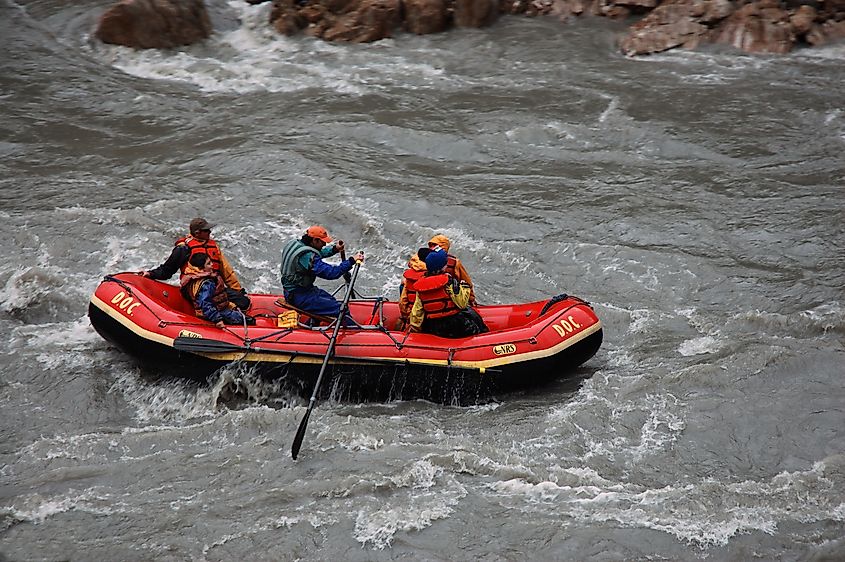
A trip to Denali means much more than just viewing wildlife. At the Denali Visitor Center, you can explore a variety of expertly curated exhibits, watch park-related films, and attend ranger programs that provide deeper insight into the area’s natural and cultural histories. The nearby Murie Science and Learning Center, a short walk away, offers more in-depth educational displays and activities for the whole family to appreciate, perfect for a rainy day.
For hikers, there’s a wide range of options, from short walks like the Savage River Loop and Horseshoe Lake Trail to more rugged, off-trail backcountry treks for experienced adventurers. You can also experience the area in an entirely unique way with a flightseeing tour, which provides aerial views of the Alaska Range and Denali’s summit. Some specialized tours even include glacier landings!
On the other hand, river rafting on the Nenana River ranges from scenic floats to challenging whitewater. Cyclists aren't forgotten either, and are free to ride parts of the Denali Park Road, particularly early in the season before shuttle buses begin full operation.
The park also maintains working sled dog kennels. Here, you have the chance to meet the dogs, watch demonstrations, and learn how they support winter patrols, along with the ability to actually go on a scenic ride in the area (while snow is on the ground, of course).
Just outside the park entrance, shops, restaurants, and several hotels/lodges are there for your convenience. The Denali Princess Wilderness Lodge is a popular, more upscale option to spend the night, while those looking for a more rugged outing beneath the stars can book a site at Riley Creek Campground, which sits close by.
